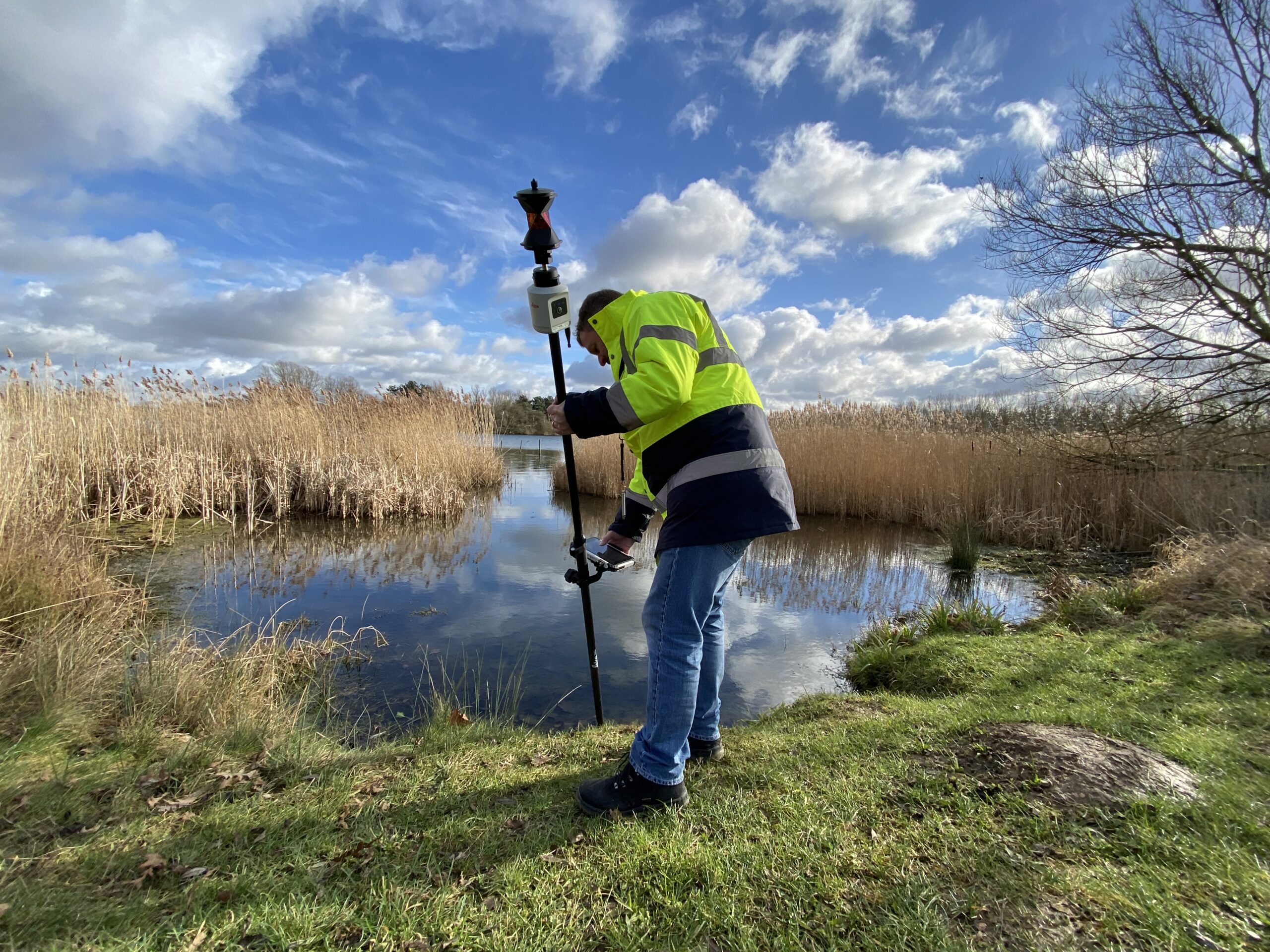Published: 31 May 2023
The built environment impacts the world in many different ways. From our environment’s health to the way we live our lives, buildings and their design really shape the way we live. It is also interesting to look at the impact of the built environment on our changing climate – an important and current issue that is being addressed in all quarters – and also how this change is affecting the way buildings are constructed.
Global impacts
The two building materials with the highest total impacts are steel and cement. This is due to the quantities they are required in for construction and also the carbon intensity of their construction. For example, on a worldwide scale, cement is responsible for 7% of all carbon emissions, which accounts for 65% of the total global emissions from the construction process. Transportation costs of imports also have an impact on the industry and its materials. There has been a partial shift in recent years towards more sustainable and natural resources – such as timber – to be used as a mainstay of construction projects. But brick, block, steel and concrete overwhelmingly remain the key components.
In terms of emissions and the environment, older housing and commercial stock in the UK is not the most energy efficient. Many upgrades and retrofits have been carried out, to improve heating and insulation for example, but there is still much to be done in terms of upgrades to ageing buildings. Their impact on the environment is such that when new adaptations or extensions are made to existing buildings, the Building Regulations aim to make any alterations/renovations as energy efficient as possible. Useful factfinding surveys can be carried out in advance, as part of the design and planning process, to ascertain the improvements that can be made, their viability and the technology that can be utilised.
Innovative thinking
With rising temperatures and changing climates in the UK, innovations such as solar power generation can be harnessed and used on more projects. Houses need to be more energy-efficient, but they also need to use resources like water more efficiently too. The impact of water usage on environments and communities is massive and the less water that can be used is hugely beneficial. It’s more of a challenge in countries that have an issue with water shortages and excessive hot climates. But it can equally be problematic in countries that receive higher amounts of rainfall, then don’t use the water efficiently, or fail to store and conserve it in a way that makes it reusable in the long-term.
Water usage can be so wasteful – taps running when they don’t need to be, inefficient plumbing – but this is being addressed with new thinking on what constitutes ‘clean water’ entails. Green initiatives such as the reuse of rainwater for irrigation or flushing the loo – aspects where the water doesn’t have to be of drinkable quality – are being introduced more widely. Of course, when it comes to new-builds, the scope for new thinking is much wider. They are designed with all the latest research and innovative technology included, to match the most recent amends to Building Regulations. In this way, modern construction is striving to create the most sustainable, energy-efficient and least-impactful buildings ever created.
It’s important for all of us to remember that our own profession can play a really significant role when it comes to solving the climate emergency. One of our very own TSA members, Mike Hopkins MEInstCES, managing director of Storm Geomatics, wrote a thought-provoking article for Civil Engineering Surveyor last year on this very topic. You can read his thoughts on how the geospatial profession is critical to saving planet earth here.

